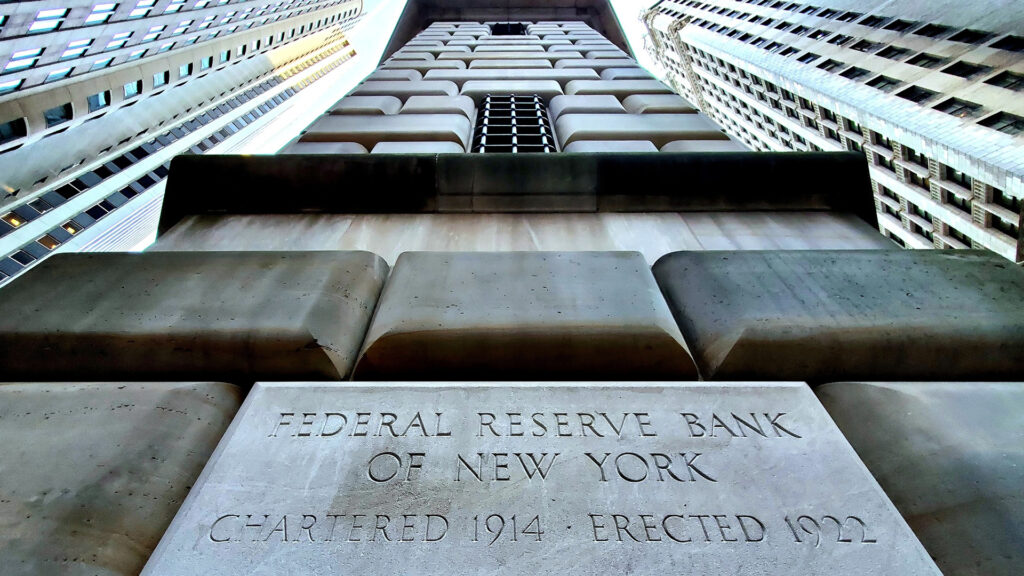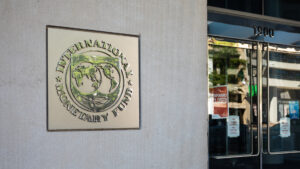Inflation in the US came in higher than anticipated in June, due to the impact of tariffs on prices.
With inflation above the central bank’s 2% target, Fed policymakers now face growing uncertainty on whether to cut rates, risking an additional rise in inflation, or to keep them on hold for longer.
Breaking Down the Report
Headline CPI rose 2.7% YoY in June, which was higher than the forecast of 2.6% and higher than May’s figure of 2.4%, driven by price increases in food and energy. Core inflation rose to 2.9% YoY, less than the anticipated figure of 3% but higher than the May figure. ⁽¹⁾
Inflation had been trending downward since the start of the year. Headline CPI was at 3% annually back in January and gradually progressed slower in the following months despite fears that Trump’s trade war would drive prices higher.
The report showed mixed impacts from tariffs in June, but still indicated that tariffs played a role in the rise in inflation.
Another Reason for the Fed to Remain Cautious
The Federal Reserve has kept interest rates unchanged at 4.5% since December 2024, still committed to controlling inflation. This June CPI report means that the Fed may want to scale back rate cuts, especially a highly expected one in September, if inflation continues to rise. ⁽²⁾
The CME FedWatch tool indicates that the Fed could hold rates steady during its July 29-30 meeting. Federal Reserve Bank of Boston President Susan Collins stated that aggressive tariffs could continue to fuel inflation to the upside. ⁽³⁾
Tariff Impact and Ongoing Economic Uncertainty
Economists and Fed officials expect that inflation could continue to rise this summer due to tariffs and ongoing economic uncertainty. While tariff impacts on prices might be temporary, their effect on retail prices is being unveiled. President Trump claims that inflation is still low and is still urging the Fed to cut rates. ⁽⁴⁾
White House Press Secretary Karoline Leavitt argued that the lower-than-expected core inflation rate shows Trump’s policies are stabilizing inflation. However, the 2.7% headline inflation rate remains above the Fed’s 2% target, complicating rate cut decisions. ⁽⁵⁾
US Dollar Rises while Stocks Ended Mixed
The CPI report indicated that the Fed might scale back on its rate cut plans, which boosted the US Dollar against its peers, driving risk-on currencies to weekly lows while rising to a 3-month high against the Japanese Yen.
The rise against the Yen was not only due to the inflation data, but also from rising tariff rates on Japanese goods, which could weigh heavily on Japan’s export-driven economy. ⁽⁶⁾
Looking Ahead
The Federal Reserve faces a difficult challenge as it balances tariff impacts before adjusting monetary policy. Fed Chair Jerome Powell previously identified this summer as a critical period to assess whether tariffs would drive price increases.
While some central banks believe tariff impacts on inflation might be temporary, persistent price pressures could delay rate cuts. With Trump’s tariff policies still in play, the inflation outlook remains uncertain, and the Fed could continue to remain cautious until more data makes the picture clearer on the economy’s trajectory.



